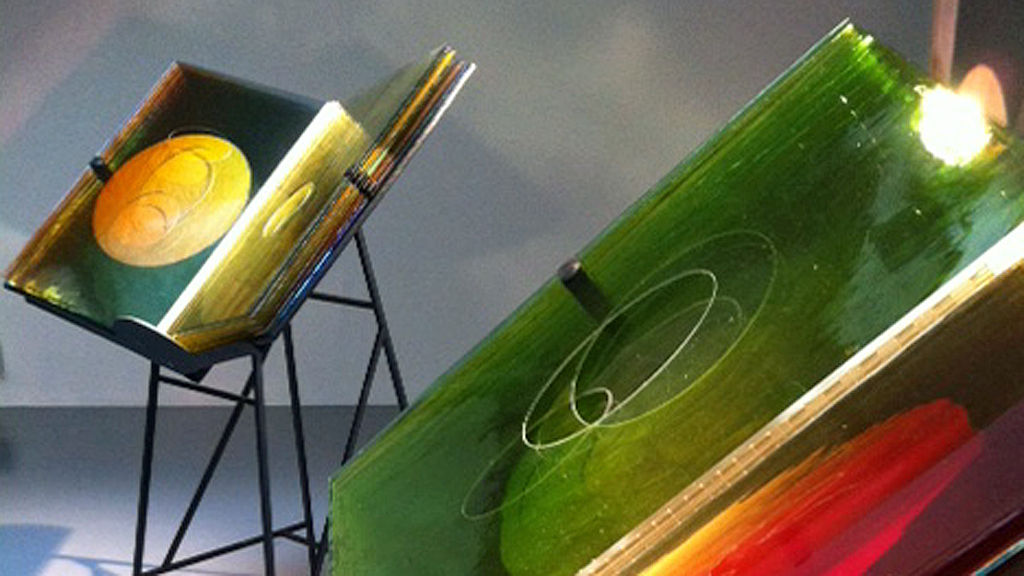Warning: potentially arty farty blog post...

Olafur Eliasson is a Danish-Icelandic contemporary artist and is best known for his large-scale installation art that has appeared in cities across the world. His three most famous pieces were his rainbow panorama at Denmark's ARoS Aarhus Kunstmuseum in Aarhus, four man-made waterfalls in New York Harbor, which ranged from 90 to 120 feet high, and his weather project which saw a gigantic sun light up the Turbine Hall at London's Tate Modern.
All three, as well as loads of his other projects, have carried distinct messages - culture, politics, and the guy just loves talking about climate change. Each piece also requires people to contribute to the art in some way, put something in so that it works (be it walking, lying down, listening...), so that change can happen and so that they can experience the art's full potential.
At Madrid's contemporary arts festival this month, Olafur Eliasson's latest project, 'A View Becomes the Window', uses these same ideas to look at the world of books to celebrate them at a time when they are under threat from digital.
"I love books," he says, "but I'm not afraid of that. In my experience, the printed book has been taking on its own pride. The kind of paper used matters, typography matters, books are books again."
So, what's the piece. Eliasson has made 9 pretty spectacular looking books from hand-blown glass, each page nearly a metre high. Each page is a different colour and each has a hole cut into the centre. These holes, Eliasson insists, are not 'voids' but instead allow you to see the colour of both the page before and the page to come, with the idea being that we must always in the present remember what has happened but also what is to come. So, the colour of each page is determined by the colour of the pages either side but they also reflect whatever is around them - time of day, the room etc - arguably as a book's 'meaning' or message is always, to an extent, a reflection of who the reader is and their subjective response.
Importantly, the 'reader' must turn the pages - they themselves must 'do' something or else nothing changes, nothing happens, the art remains incomplete. Eliasson's overarching message is that books, like anything else, are our 'shared responsiblity'. I couldn't agree more, although that's not to say that we have to completely reject any kind of change...
He's not the only artist to have had their say on books. Perhaps take a look at Anish Kapoor's Wound Book or the aMAZEme installation at the Southbank Centre last year.

No comments:
Post a Comment